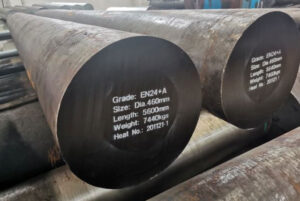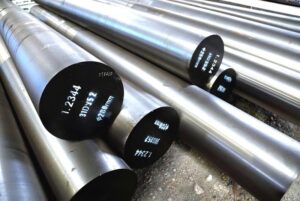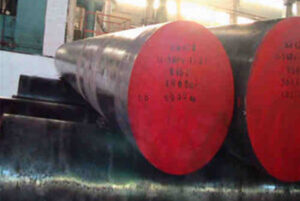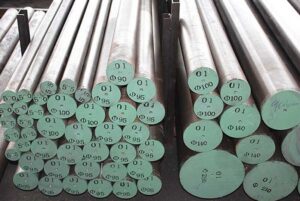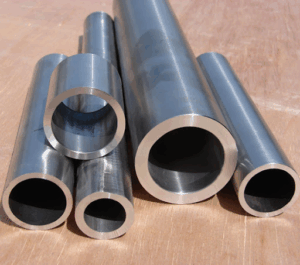Welcome to the ultimate guide on Special Steel 52100 Bearing Steel. If you’re here, you’re probably diving deep into the world of bearing steels, and you’re in the right place. We’ll explore everything from its unique properties to its applications, pros and cons, and more. This guide is tailored for you, whether you’re an engineer, a manufacturer, or just someone curious about high-performance steels.
Overview of Special Steel 52100 Bearing Steel
Special Steel 52100 Bearing Steel is renowned for its exceptional strength, wear resistance, and durability. This high-carbon chromium alloy steel is used primarily for the manufacturing of bearings and other high-stress components. But why is it so special? Let’s dive into the nitty-gritty details.
Key Details:
- Composition: High carbon, chromium-rich steel.
- Properties: High hardness, excellent wear resistance, superior strength.
- Applications: Bearings, rollers, and high-stress machine parts.
- Advantages: Durability, cost-effectiveness, high fatigue strength.
- Disadvantages: Can be prone to brittleness and requires precise heat treatment.

Types, Composition, Properties, and Characteristics
Understanding the specific types and compositions of 52100 Bearing Steel is crucial. Here’s a detailed look:
Types and Compositions
| Type | Carbon (%) | Chromium (%) | Manganese (%) | Silicon (%) | Other Elements |
|---|---|---|---|---|---|
| 52100 Standard | 0.95 – 1.10 | 1.30 – 1.60 | 0.25 – 0.45 | 0.15 – 0.35 | Trace elements |
| 52100 Modified | 0.98 – 1.20 | 1.40 – 1.70 | 0.30 – 0.50 | 0.20 – 0.40 | Molybdenum, Vanadium |
Properties and Characteristics
| Property | Description |
|---|---|
| Hardness | 60-67 HRC after heat treatment |
| Density | 7.81 g/cm³ |
| Tensile Strength | Up to 2,050 MPa |
| Yield Strength | Approximately 1,700 MPa |
| Fatigue Strength | High, suitable for cyclic loads |
| Wear Resistance | Excellent due to high hardness and chromium content |
| Impact Resistance | Moderate, varies with heat treatment |
Applications of Special Steel 52100 Bearing Steel
Where is 52100 Bearing Steel Used?
The applications of 52100 Bearing Steel are vast, primarily because of its robustness and resilience.
| Application | Description |
|---|---|
| Bearings | Essential for reducing friction in machinery. Used in automotive, aerospace, and industrial equipment. |
| Rollers | Integral in conveyor systems and manufacturing lines. |
| Gears | High stress, high load applications in various machinery. |
| Ball Screws | Precision movement in CNC machines and robotics. |
| Races | The tracks in which bearings roll, requiring high wear resistance. |
| Spindles | Central rotating components in many machines, ensuring smooth operation. |
| Tooling | Cutting tools and dies due to high hardness and wear resistance. |
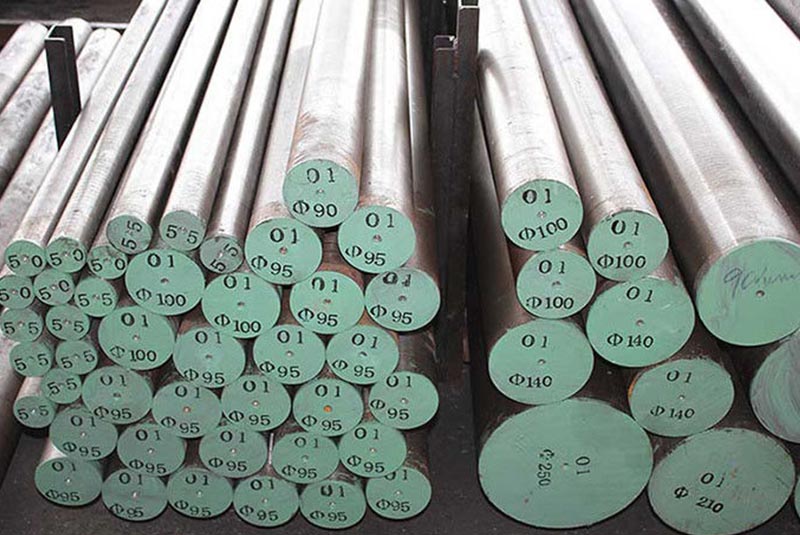
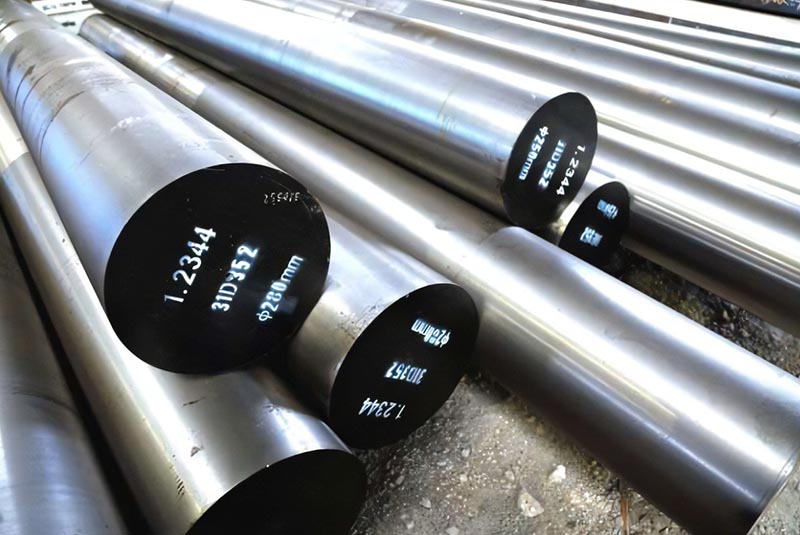
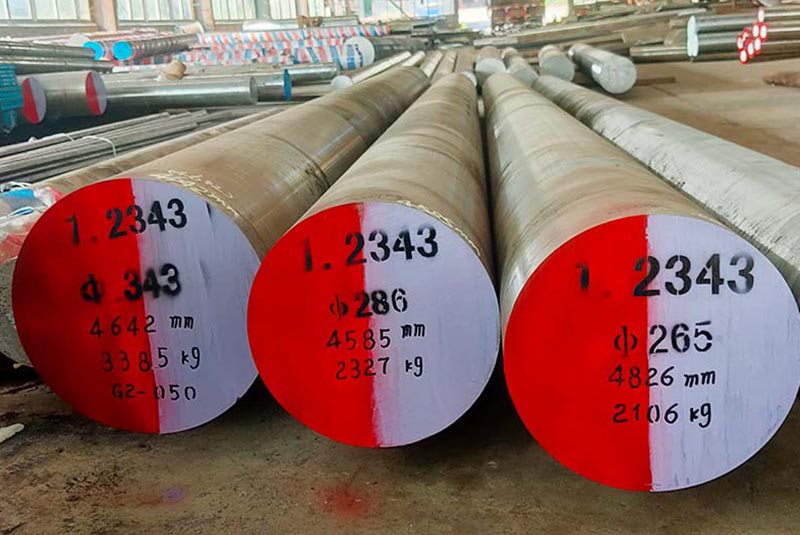

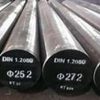
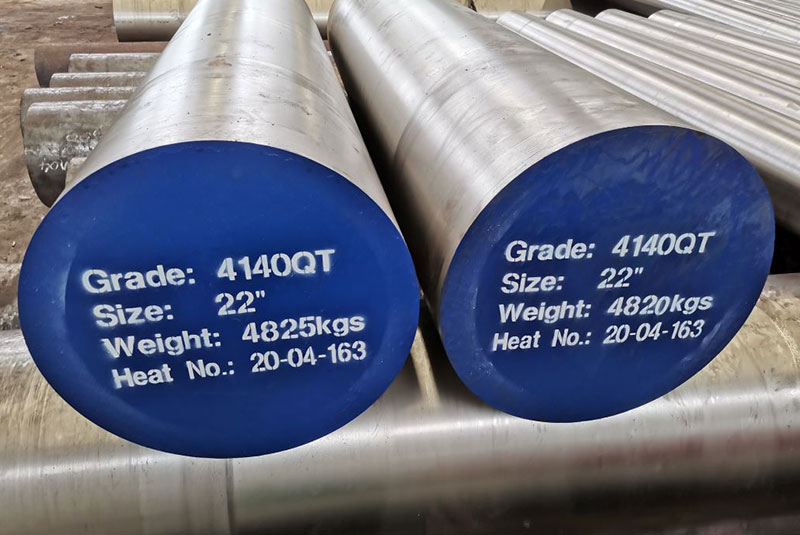
Specifications, Sizes, Grades, and Standards
Common Specifications and Standards
| Specification | Standard |
|---|---|
| ASTM A295 | American Society for Testing and Materials |
| AMS 6440 | Aerospace Material Specifications |
| DIN 100Cr6 | German Institute for Standardization |
| JIS SUJ2 | Japanese Industrial Standards |
Sizes and Grades
| Size Range | Grade |
|---|---|
| Round Bars | 10mm – 100mm diameter |
| Sheets | 1mm – 50mm thickness |
| Wires | 0.5mm – 5mm diameter |
Suppliers and Pricing Details
When it comes to sourcing 52100 Bearing Steel, knowing the right suppliers and pricing is crucial.
Leading Suppliers
| Supplier | Location | Contact |
|---|---|---|
| TimkenSteel | USA | website |
| Ovako | Sweden | website |
| Sandvik | Global | website |
| Nippon Steel | Japan | website |
Pricing Details
| Form | Price Range (per kg) |
|---|---|
| Bars | $2.00 – $5.00 |
| Sheets | $3.00 – $6.00 |
| Wires | $2.50 – $4.50 |
Pros and Cons of Special Steel 52100 Bearing Steel
Advantages
| Aspect | Advantage |
|---|---|
| Durability | Long-lasting under high stress and load conditions. |
| Wear Resistance | Excellent for components that experience constant friction. |
| Cost-Effectiveness | Relatively affordable compared to other high-performance steels. |
| Versatility | Wide range of applications across multiple industries. |
Disadvantages
| Aspect | Disadvantage |
|---|---|
| Brittleness | Can become brittle if not heat-treated properly. |
| Corrosion Resistance | Not as resistant to corrosion as stainless steels. |
| Machinability | Requires precise machining techniques. |
| Heat Treatment Sensitivity | Performance highly dependent on proper heat treatment. |
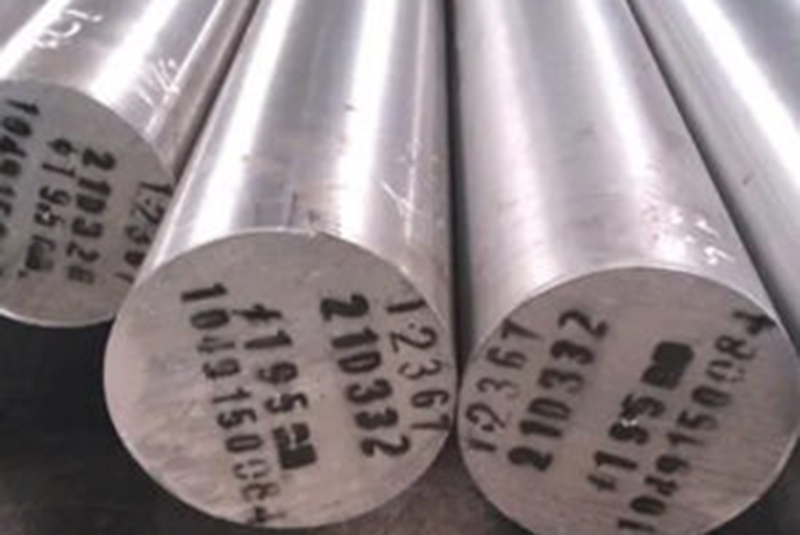
52100 Bearing Steel Powder Models
Understanding the various metal powder models of 52100 Bearing Steel can be quite beneficial, especially for specific applications such as additive manufacturing and powder metallurgy.
Specific Metal Powder Models
| Model | Description | Typical Applications |
|---|---|---|
| PM-52100 | Standard 52100 powder for general use. | Bearings, gears, rollers. |
| PM-52100F | Fine-grained powder for precision components. | Ball screws, spindles. |
| PM-52100H | High-purity variant for critical applications. | Aerospace components, medical devices. |
| PM-52100C | Carbon-enriched for increased hardness. | Cutting tools, dies. |
| PM-52100M | Modified with molybdenum for improved toughness. | Heavy-duty machinery parts. |
| PM-52100V | Enhanced with vanadium for better wear resistance. | High-stress bearings. |
| PM-52100N | Nickel-alloyed for improved corrosion resistance. | Marine applications. |
| PM-52100S | Silicon-enhanced for better strength. | Structural components. |
| PM-52100T | Titanium-infused for lighter weight. | High-speed applications. |
| PM-52100X | Experimental blend for research purposes. | Custom engineering projects. |
Comparing 52100 Bearing Steel with Other Steels
52100 vs. Stainless Steel
| Feature | 52100 Bearing Steel | Stainless Steel |
|---|---|---|
| Corrosion Resistance | Moderate | High |
| Wear Resistance | High | Moderate |
| Cost | Lower | Higher |
| Hardness | Higher | Lower |
| Applications | Bearings, gears | Cutlery, surgical instruments |
52100 vs. 440C Steel
| Feature | 52100 Bearing Steel | 440C Stainless Steel |
|---|---|---|
| Hardness | Higher | Lower |
| Corrosion Resistance | Lower | Higher |
| Machinability | More difficult | Easier |
| Applications | Bearings, rollers | Ball bearings, knives |
52100 vs. Tool Steel (D2)
| Feature | 52100 Bearing Steel | D2 Tool Steel |
|---|---|---|
| Wear Resistance | High | Very high |
| Hardness | High | Higher |
| Toughness | Moderate | Lower |
| Cost | Lower | Higher |
| Applications | Bearings, gears | Dies, cutting tools |
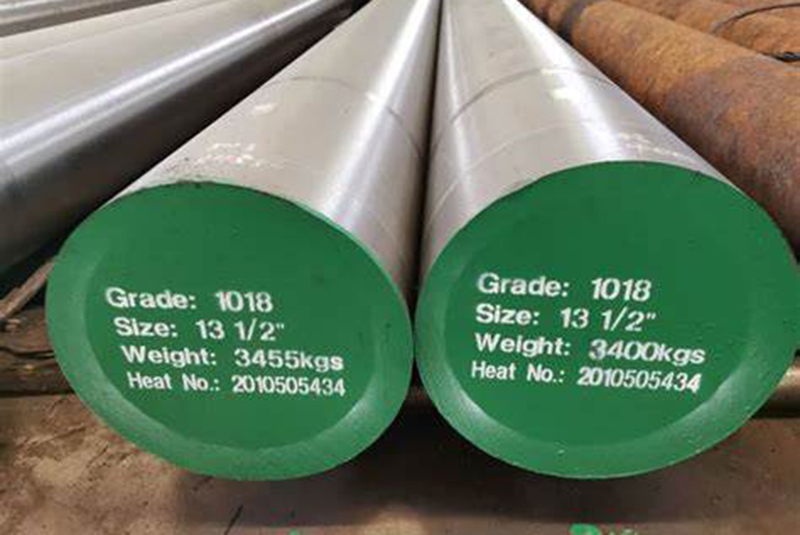
FAQs
| Question | Answer |
|---|---|
| What is 52100 Bearing Steel? | A high-carbon, chromium-alloy steel known for its strength and wear resistance. |
| Why is 52100 Bearing Steel popular? | Due to its excellent hardness, durability, and cost-effectiveness for high-stress applications. |
| What are the common applications? | Bearings, rollers, gears, and other machine parts that undergo significant stress. |
| How does it compare to stainless steel? | 52100 has higher hardness and wear resistance but lower corrosion resistance compared to stainless steel. |
| Is 52100 Bearing Steel expensive? | It is relatively affordable compared to other high-performance steels. |
| What are the heat treatment requirements? | Precise heat treatment is crucial to achieve desired hardness and performance. |
| Can 52100 Bearing Steel be welded? | It is challenging to weld due to its high carbon content and requires specialized techniques. |
| What are the drawbacks? | Potential brittleness if not properly heat-treated and lower corrosion resistance. |
| Which industries use 52100 Bearing Steel? | Automotive, aerospace, industrial machinery, and manufacturing. |
| Is 52100 Bearing Steel good for high-speed applications? | Yes, especially when alloyed with elements like titanium for lighter weight. |
Conclusion
Special Steel 52100 Bearing Steel stands out as a robust, high-performance material crucial for many industrial applications. Its exceptional properties, including high hardness, wear resistance, and durability, make it an ideal choice for bearings and other high-stress components. While it does have some limitations, such as potential brittleness and lower corrosion resistance, its advantages often outweigh these drawbacks, especially in applications where performance and longevity are paramount.
Exploring the various models, applications, and comparisons with other steels provides a comprehensive understanding of why 52100 Bearing Steel is so highly valued in the industry. Whether you’re sourcing materials, designing machinery, or simply curious about advanced engineering materials, this guide should give you a solid foundation and deeper insight into the world of 52100 Bearing Steel.

